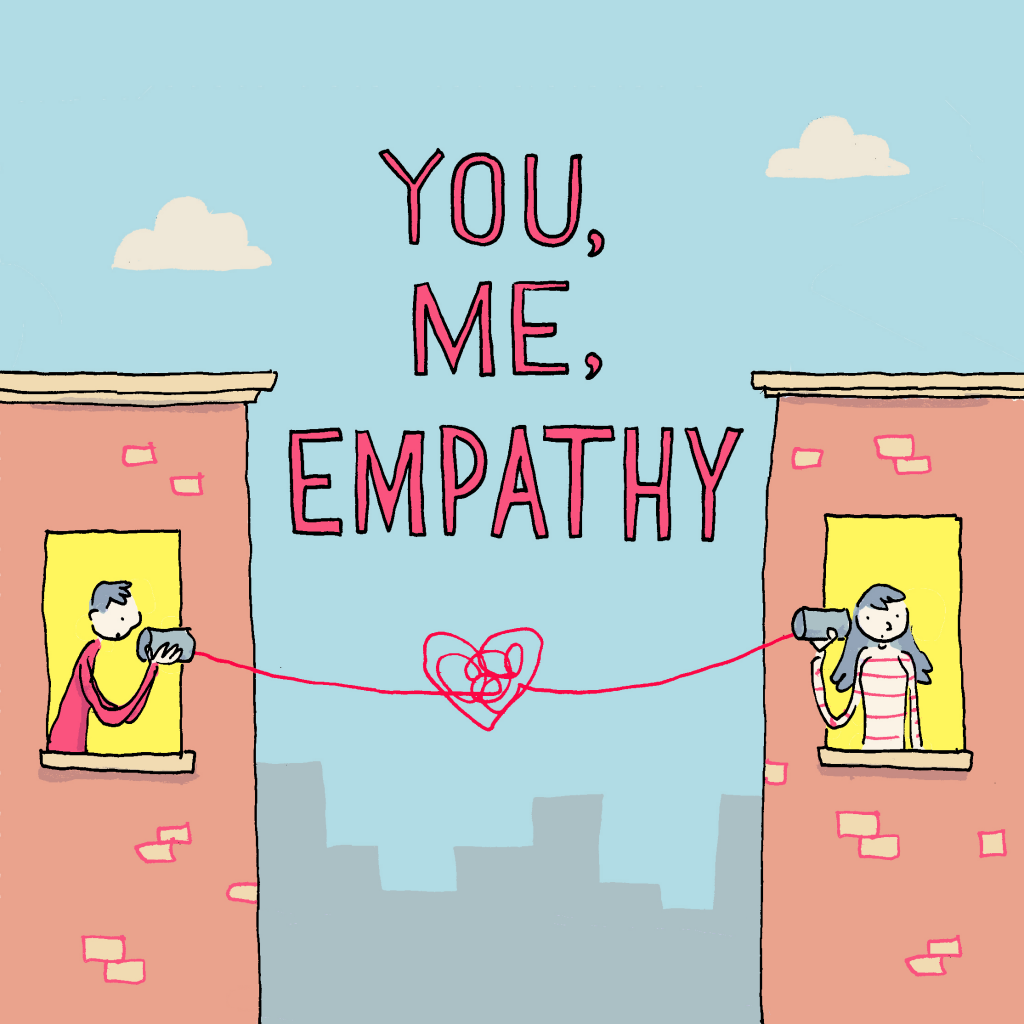STUDYING social work for the past two years at the University, I was taught that the virtue of empathy is of the utmost importance when helping clients. Empathy is one of the key values social workers must practice. It made me realise that it is so important in the helping profession, it should also be important in our everyday lifestyles. We should differentiate the fact that sympathy and empathy are completely different. Sympathy is the feeling of pity for another while empathy is trying to ‘put yourself in their place’ and trying to understand their feelings better—people tend to mistake the two. To my very own knowledge, a lot of people seek counselling because they just need someone to talk to, someone to listen to them and most importantly someone who understands them. We’re all unique and different, sometimes understanding each other is difficult but I truly believe empathy can be used to bridge gaps between those differences.
The common mistake we make is that we always yearn for empathy from others but we refuse to show it in return. There must be countless times where you were probably arguing with someone and you wanted them to understand your point-of-view, but how many times have you considered to willingly understand how they feel? From children wanting their parents to understand them to friends in conflict—there’s an important need for empathy. Empathy manifests in three types or stages; cognitive, emotional and compassionate. Cognitive empathy, also known as perspective-taking, makes you understand a person’s way of thinking and feeling. Cognitive empathy allows you to communicate as well as negotiate better with people. Emotional empathy deals with the affective sides of a person (their emotions). Practising this allows you to feel and/or understand what a person may be feeling and it can be used to build better emotional bonds and connections. Finally, research has shown that empathy can evolve into compassionate acts- compassionate empathy which is the final stage.
 All of these stages oftentimes occur one after the other. First, we must first try to analyse a person’s thoughts through communication (bodily gestures, verbal, signs, etc.). Their thoughts would eventually lead us to how they are feeling. Here we would try to relate to their feelings based on similar situations or experiences that we’ve probably faced. Finally, acting upon our emotions in a compassionate manner will manifest itself when we understand what help we can bring forth to the person. An example to paint a better picture can include a situation where my friend’s dog died. The initial empathetic stage would be for me to understand her thoughts based on conversations we’ve had about her dog, her tears of sadness and other communicative efforts that suggest she is sad. Second, I can use a similar experience to help relate to her affections. Perhaps, the time my cat got lost—the situation does not have to be the same but similar just enough to relate to her feelings. Last, I can act out of compassion towards the situation—offering a lending and selfless hand if needed to my friend in her time of grief and sadness.
All of these stages oftentimes occur one after the other. First, we must first try to analyse a person’s thoughts through communication (bodily gestures, verbal, signs, etc.). Their thoughts would eventually lead us to how they are feeling. Here we would try to relate to their feelings based on similar situations or experiences that we’ve probably faced. Finally, acting upon our emotions in a compassionate manner will manifest itself when we understand what help we can bring forth to the person. An example to paint a better picture can include a situation where my friend’s dog died. The initial empathetic stage would be for me to understand her thoughts based on conversations we’ve had about her dog, her tears of sadness and other communicative efforts that suggest she is sad. Second, I can use a similar experience to help relate to her affections. Perhaps, the time my cat got lost—the situation does not have to be the same but similar just enough to relate to her feelings. Last, I can act out of compassion towards the situation—offering a lending and selfless hand if needed to my friend in her time of grief and sadness.
All in all, we should learn how to understand as much we would like to be understood. Whether it’s for our personal life challenges to help others through the professional world of work; empathy is surely needed. I simply cannot imagine a world without it and at the same time, I can only hope we practice more of this virtue. While conflict is also important in the psychological world, I do believe we’ll have fewer disagreements and debates if we used more empathy. A fitting quote I found for this topic was, “Empathy is seeing with the eyes of another, listening with the ears of another and feeling with the heart of another” and I am sure you all can agree that sometimes, all we really need in this complicated world is for someone to truly understand us.



.jpg)








